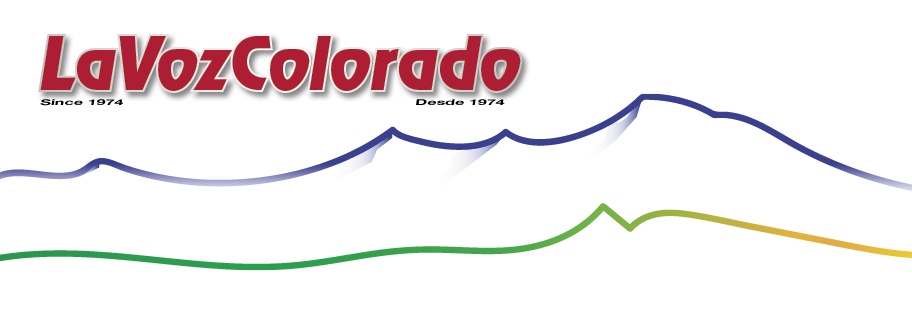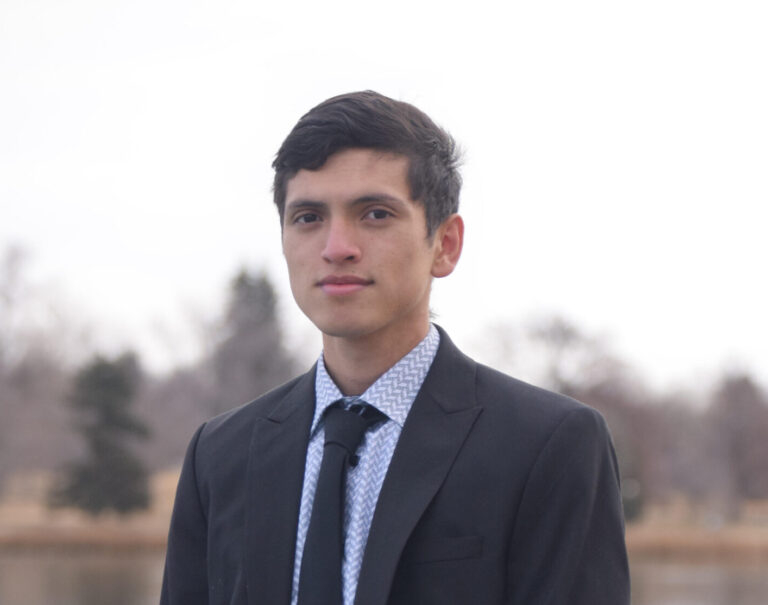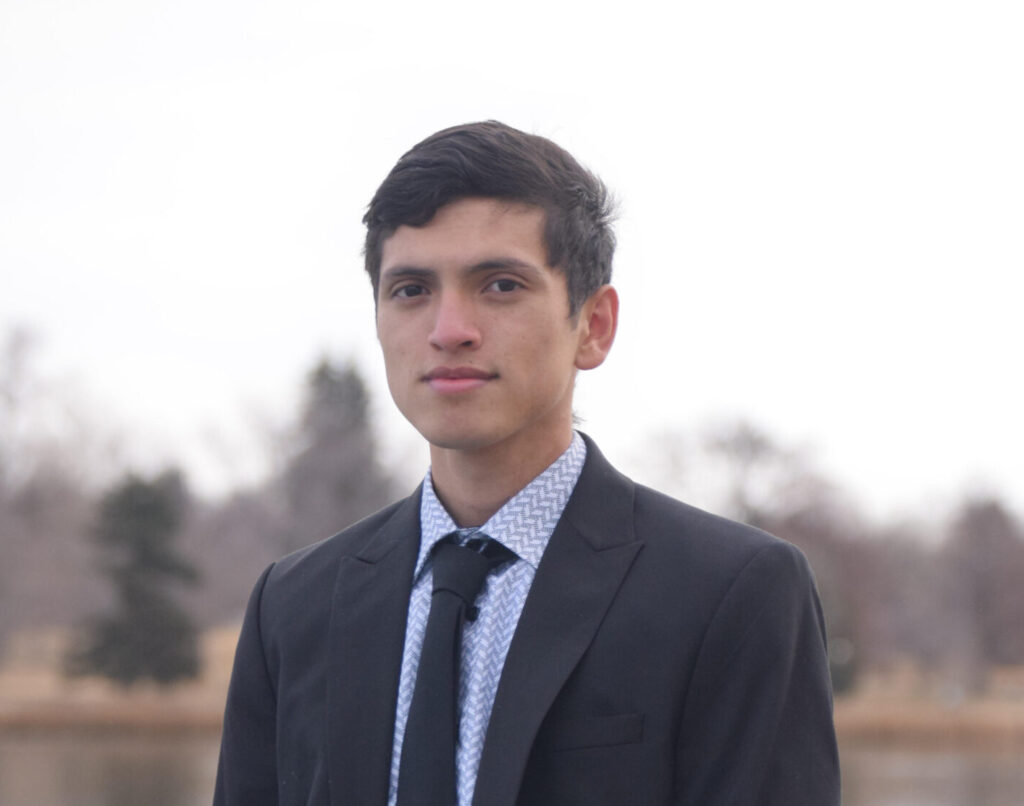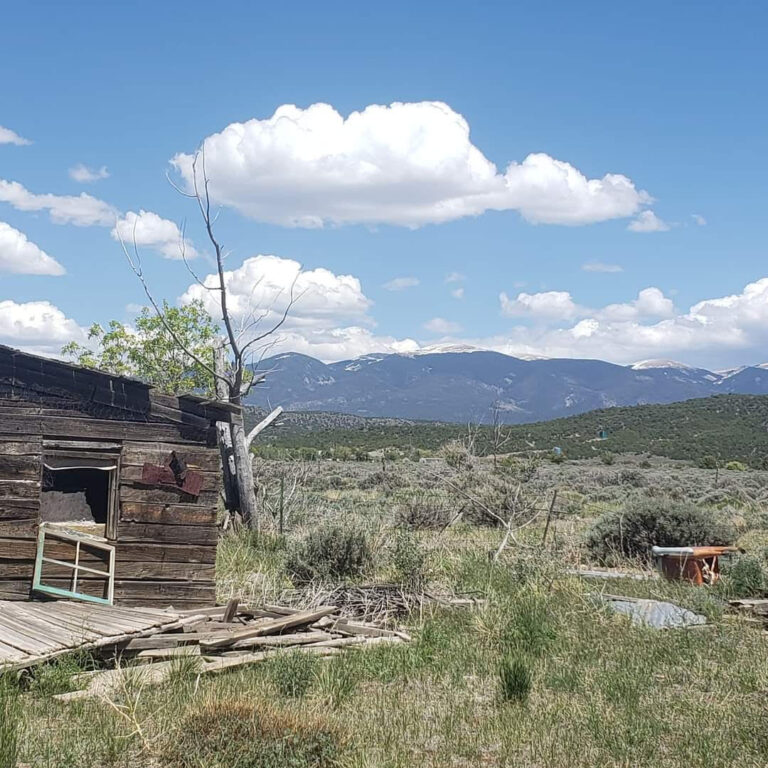By: Ernest Gurulé
As we prepare to begin our next trip around the sun and, hopefully, a less chaotic one, we look back at 2021. While there are scores of stories that captured headlines, only one had the lasting power to impact the world and create huge ripples each month of the year. To date, the U.S. has recorded more than 800,000 COVID-19 deaths, five million-plus internationally. Of course, it could have been far more had science not made so many dramatic life-saving advances, none more so than a series of three vaccines.
But despite there being more than 200 million Americans fully vaccinated, there’s a new threat, one that showed its strength over the holiday weekend. The C-19 variant, Omicron, had people stuck in hours-long lines across the country waiting to get tested and stranded in airports from Seattle to Miami. Overworked and understaffed, airlines were forced to cancel or delay thousands of flights.
While the virus affected people in every town in America, it also took a toll on the meat packing industry, including the JBS plant in Greeley. An estimated 50,000 meatpacking workers were infected by COVID-19 with 250 dying. At the Greeley plant, The Denver Post reported, there were an estimated 277 employees and dependents with either confirmed or suspected Covid. Seven workers died from the virus.
Just six days into the New Year, thousands of insurgents from across the country met in Washington at the behest of former and twice impeached President Trump to affect the certification of the Presidential vote. After a fire and brimstone speech by Trump to fuel their anger, they marched to the Capitol and tried to stop the vote count using extreme violence. One protestor was shot and killed by a Capitol Hill police officer.
Since that day, several hundred of the violent mob have been arrested and charged with a variety of crimes. A five-year sentence, the most severe so far, was recently handed down to one mob member. Trump continues to call his supporters that day patriots. A bipartisan Congressional Committee has to date interview more than 300 individuals. Its work will continue through this congressional term.
Certainly, 2021 had its share of momentous events. But there were many others that flew much closer to the horizon. Santa Fe historian, Dr. Estevan Rael-Galvez spent a great of his time sleuthing, reconstructing a more accurate picture of the people and small towns and villages of Northern New Mexico and Southern Colorado. It will be no small task with the period of his research beginning in the 17th century to the present.
La Voz Bilingue also wrote about the San Luis Valley’s celebration of one of its most prized and treasured possessions. Adams State University, the jewel of the valley, celebrated its centennial year in 2021. The school began quite modestly, on a sixty-acre plot of land and with a $27,000 contribution raised by families and businesses in the Valley. Not unlike so many other places, COVID-19 put a crimp in what was supposed to be a very special year. “It’s been an emotional letdown since last Spring,” said school President Cheryl D. Lovell.
Denver attorney Regina Rodriguez was named to the federal bench in April. Rodriguez, a partner in the WilmerHale firm, a firm that represents clients all over the world. She is the second Colorado Latina named to the bench. Christina Arguello, Colorado’s other Latina federal jurist, has since 2008. She was appointed the bench by for- mer President George W. Bush.
When Spring rolled around, the El Pueblo History Museum, hosted a quintessential springtime exhibit. ‘Pleibol! In the Barrios and the Big Leagues,’ a historical look at Latinos contribution to the National Pastime. The exhibit told the story of stars from the earliest days of inte- grated Major League Baseball to more recent stars. Orestes ‘Minnie’ Minoso, the first Afro-Latino to play in the ‘bigs’ and a just selected member of the MLB Hall of Fame was featured, along with the Alou Brothers, Felipe, Manny and Jesus and, of course, perhaps one of the greatest players of his era, Roberto Clemente.
El Pueblo also named a new museum director this year. Pueblo native Dianne Archuleta took over the museum’s top job in August. Her journey to her landing spot was circuitous, she said. A high school dropout, she earned a GED certification and returned to college for her degree at age 40.
After a dark period caused by COVID-19, Colorado’s Casino towns, Blackhawk, Central City and Cripple Creek, bounced back. The virus had a debilitating impact on the state’s gaming industry. The Monarch, the crown jewel of Central City, said Erica Ferris, Monarch Casino’s spokesperson, is “world class.” The whole place has been renovated and offers patrons, she said, just about any game they choose to play. Slots, poker, Black Jack, baccarat, Pai gow, roulette, even a sportsbook to place a bet on athletic events just about anywhere is there for those who come to play. While masks are not mandatory, said Ferris, they are strongly encouraged.
While COVID-19 grabbed most of the headlines, another epidemic was making itself known in whole other way. Fentanyl, a drug that has spread across the country in a blaze, took the all-too-young life of Laurynn Archuleta. The Broomfield native, former cheerleader, drill team member and softball player, died in April. She had struggled with substance abuse, but her family had thought she had redirected her life.
In November, the CDC reported that fentanyl had killed more than 75,000 nationwide.




















2021, a year in review
By: David Conde
2020 was a catastrophic year for holding large gatherings. Most business meetings were done online because corporate members that had the option to travel to a site mostly decided not to.
Schools are one of the major institutions that suffered the most as the K-12 sector had few options other than the Google Classroom as a substitute for holding classes in person. It can be said that at least the elementary and secondary part of educational systems effectively lost a year of serious progress because it was unprepared for this kind of challenge.
Along with the COVID, 2020 also saw a national election between a sitting president that offered a racially tinted authoritarian system designed to keep America from changing and a winning candidate for a divided nation that put forward an agenda designed with a measure of unity and bipartisanship in the face of a pandemic, major challenges to our political system, national infrastructure, and environmental health of the country.
We began 2021 with a January 6th attack on the United States Capitol with Congress in session. This attack (allegedly organized and led by the sitting President) was designed to prevent the certification of the winning candidate.
Just like in a “Banana Republic,” the coup attempt represented a violent effort for the incumbent to stay in power. This has led to major questions about the viability of our institutions and their ability to maintain the democratic values they are charged to protect.
Unable to win the presidential election by violent means, the radicalized Republican Party has resorted to changing voting laws in states they control in order to disenfranchise or make it more difficult for citizens to vote especially in urban and minority areas. This open attempt to rig future elections promises to put the concept self-government to its most difficult test since the Civil War. The existential challenge to our democracy along with the continuing COVID Pandemic and its variations constituted the atmosphere and tone for President Joe Biden’s legislative program in 2021.
The Biden agenda includes the 1.2 trillion-dollar Infrastructure Investment and Jobs Act, a physical infrastructure bill that has successfully passed in a bipartisan fashion. The legislation provides for funding new efforts in public transit, rail, bridges, clean water, high speed internet, the development of a new electrical grid and electric vehicles. A companion 1.7 trillion-dollar bill known as the Build Back Better Act is still being negotiated and modified. The legislation proposes to provide for more of a human infrastructure initiative that funds expanded childcare, universal pre-K, plans to combat climate change, expand Medicare and Medicaid, affordable housing and proposes new taxes on corporations among others to pay for the programs.
Our foreign policy is also changing to focus more on China and its growing economic and military infrastructure. That is why the President decided to leave Afghanistan and reduce our profile in the Middle East.
Unlike Russia and its predecessor, the Soviet Union, China’s economic production is a true rival to the United States. As the two biggest economies in the world, both China and the United States have a lot to lose if they do not get along.
Yes, 2022 promises to be another demanding year as politics never rests and Congress is facing elections. Citizens need to take more responsibility for their citizenship and the freedoms we have taken for granted in the past.
Earlier Americans faced these things successfully and we will do so now. Just be on guard and have a Happy New Year.